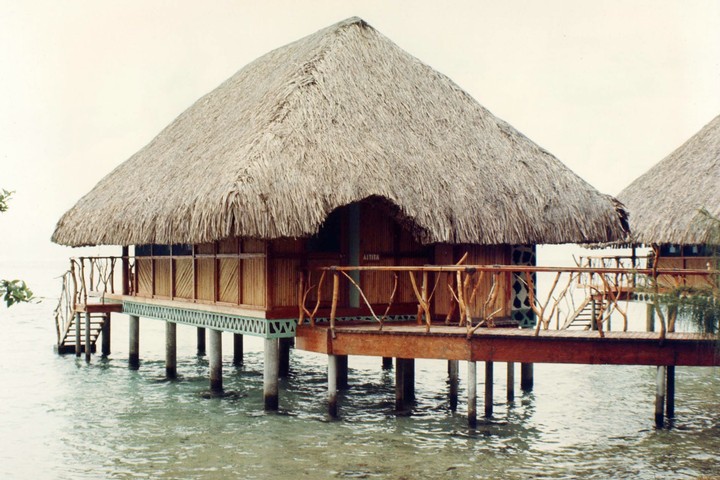Special Places in Special Places (Part II)
By WATG
September 24, 2015
The following is part 2 of an opinion piece written by Jerry Allison published in the July 1988 issue of Restaurant Hotel Design International.
Click here for part 1.
The business of pleasure travel is the business of creativity, creating special places in special places–to translate every man’s dreams into reality. Call it the Pleasure Principle, if you like. But never lose sight of this very real fact: In this business, pleasure is paramount. Believe it–there is a correlation between the degree of success we achieve in pleasing people and the color of the bottom line.
Call it the Pleasure Principle, if you like.
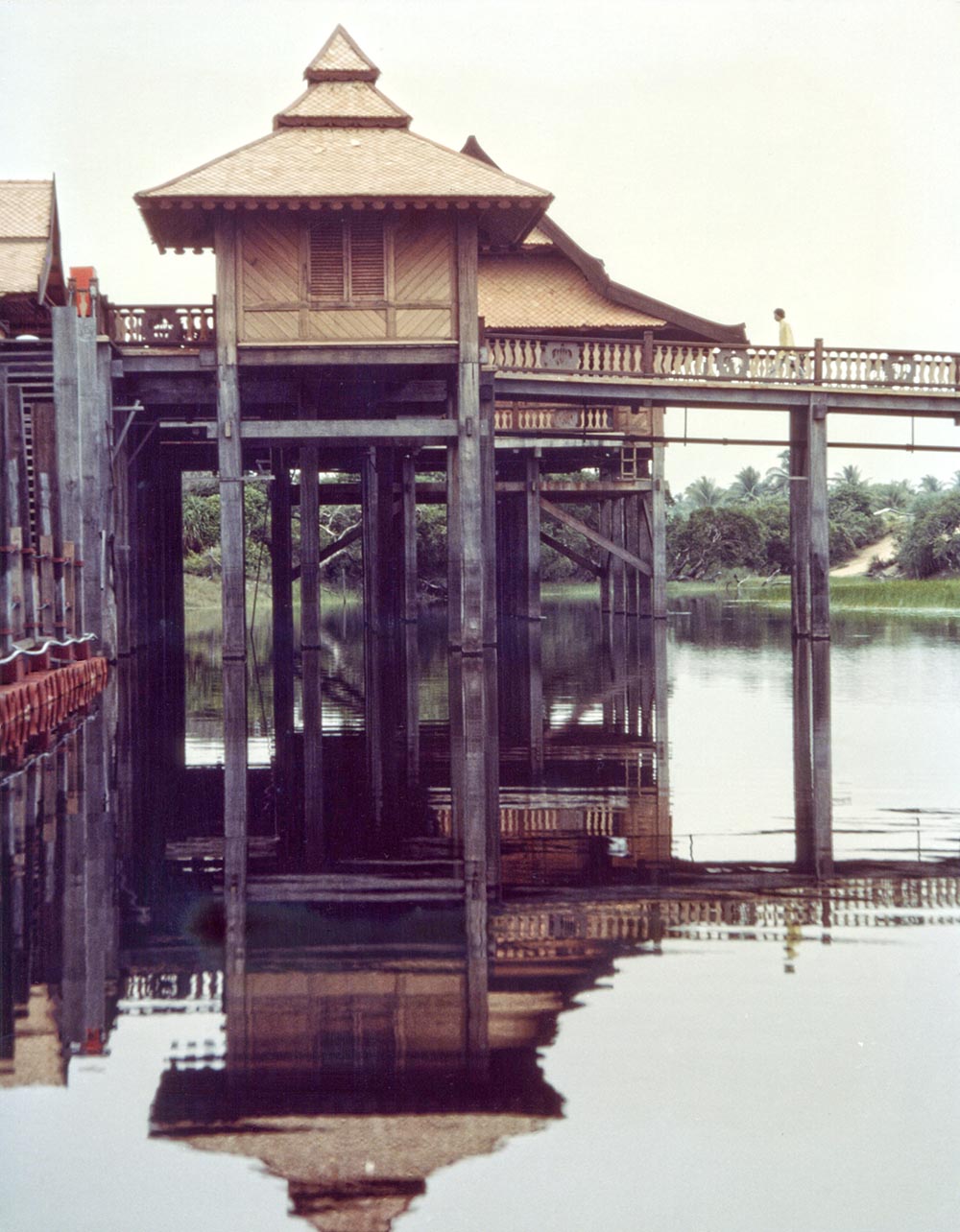
This business we’re engaged in has a very valid raison d’etre. It is not simply a modern version of Louis XIV opulence. For all the super rich who can afford to spend their lives doing nothing but trekking from one resort to another, there are thousands of ordinary people who work diligently on a year-round basis, subjected to highly stressed lifestyles. They need and are wiling to pay for the rejuvenation that comes from a complete change of pace–pleasure in a special place.
This is our major market segment, our growth potential.
What does it take, in a hotel, to richly reward our travel expectations? What is required to keep it out of the cookie cutter class and assure its role as a destination of distinction?
Resort hotels, which exist solely for the pleasure of their users, demand it.
Keeping in mind that the primary function or service provided is pleasure–although the hotel is eminently practical–attractiveness and the ambience of the physical structure are vital to its economic success. Every hotel needs thoughtful, imaginative design. Resort hotels, which exist solely for the pleasure of their users, demand it.
But it is not simply a matter of serving up a physically beautiful hotel. We recreational travelers seeking new experiences in exotic places are looking for far more than that. We want to observe and to experience that which makes our destinations different from the places we have left. Universally, we seek that special place in a special place. That is what drives us to other parts of our own countries and to other parts of the world. We seek other cultures, other lifestyles, and the uniqueness of the region we visit.
Designing with this kind of approach should lead to a degree of guest satisfaction that results in solid demand, excellent occupancy rates, enviable room charges, and long stays.
Toward fulfilling these goals, the hotel design can be a key element. Generally, the first unhurried introduction to a new region is the hotel in which we are to stay. It becomes our temporary home base. The place where we may eat, sleep, exercise, socialize, shop, listen to music, look at art, or simply “hang out” as the younger generation would say. It should be very much a part of our escape objective, not simply where we sleep and change clothes. It is also at our hotel that we may have the closest relationship with natives of the host locale. This offers an opportunity for good social interchange between guest and host. The hotel provides a captive audience eager to learn.
From the developer’s and operator’s points of view, design appropriate to the region will quite likely result in cost savings as the facilities will be easier to construct and maintain. The design will often make use of readily available materials and technology appropriate to local construction techniques. Proper design may even eliminate the need for elevators, air conditioning and other high maintenance building elements.
Designing with this kind of approach should lead to a degree of guest satisfaction that results in solid demand, excellent occupancy rates, enviable room charges, and long stays.
Successfully meeting these goals is not a project confined to design of buildings. It is, rather, a highly complex matter encompassing the whole project continuum from master planning, design, approvals, and financing right through construction to maintenance, management, and even marketing, and in some cases periodic additions.
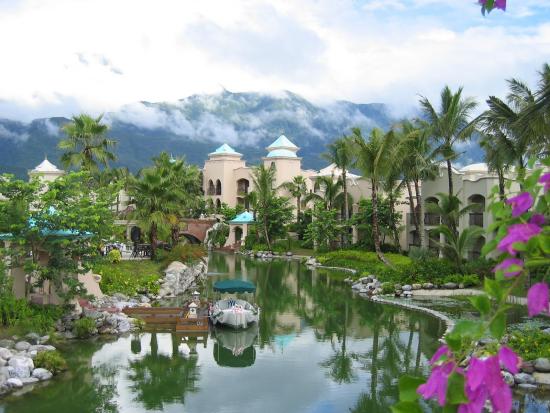
Meeting the challenge requires a lot of understanding-understanding by management of the challenges inherent in creating a design that fits the locality and cultural mores, and understanding by the design team of management’s problems in providing services to guests and of maintaining the property in top condition. At times, it is difficult for clients, particularly in developing countries, to understand that locally inspired designs and native materials in new buildings can be as marketable as ancient temples.
To summarize this relationship between special places and success in the pleasure travel arena: In the long run, the hotel providing the strongest possible sense of place will become the most desirable. The pleasure traveler seeks novel experiences, not a rerun of “Chicago.” If the hotel patronized provides all the amenities required, while reinforcing the sense of being in an exotic location, the satisfaction quotient should be high–and this means the traveler will stay longer, return sooner, and pay more for the experience.
As part of our 70th Anniversary celebration, we’ll be revisiting past articles and interviews of our founders and past employees of WATG.
Latest Insights
Perspectives, trends, news.

- Employee Feature
Ian Simpson: Constantly Curious, Constantly Creative

- Employee Feature
Ian Simpson: Constantly Curious, Constantly Creative
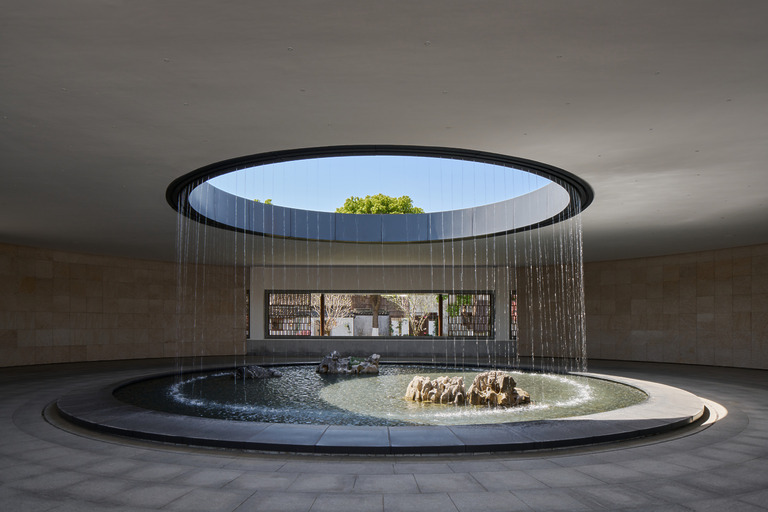
- Strategy & Research |
- Design Thinking & Innovation
Designing the Arrival Experience
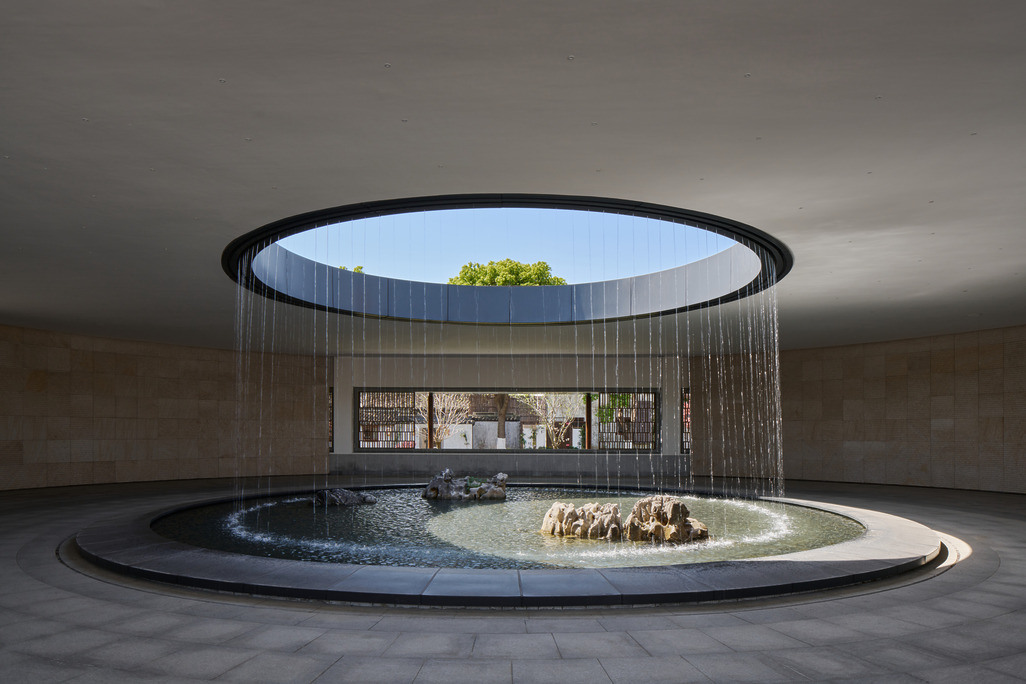
- Strategy & Research |
- Design Thinking & Innovation
Designing the Arrival Experience
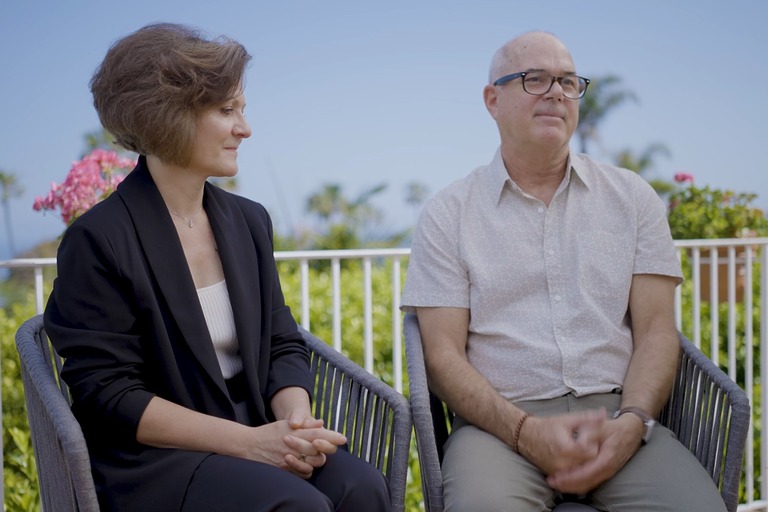
- Employee Feature |
- Inside WATG
Mentorship, Community, and Creativity: WATG’s Blueprint for the Next 80 Years
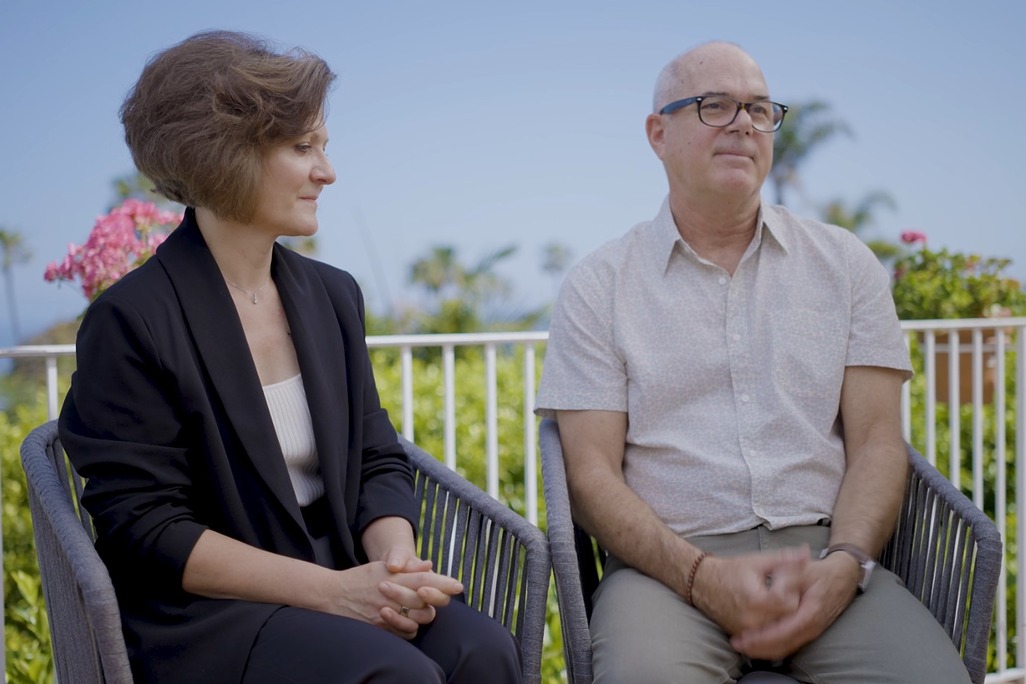
- Employee Feature |
- Inside WATG
Mentorship, Community, and Creativity: WATG’s Blueprint for the Next 80 Years
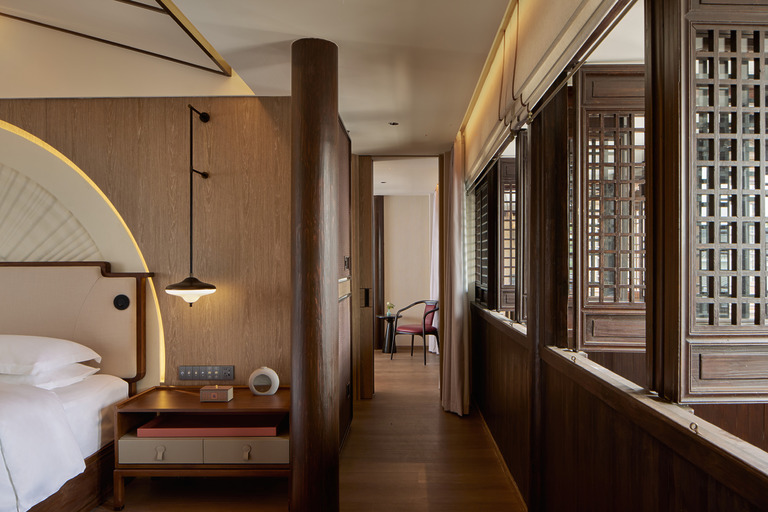
- Strategy & Research |
- Design Thinking & Innovation
Hotel Wuxi MGallery Collection: Part of a Story
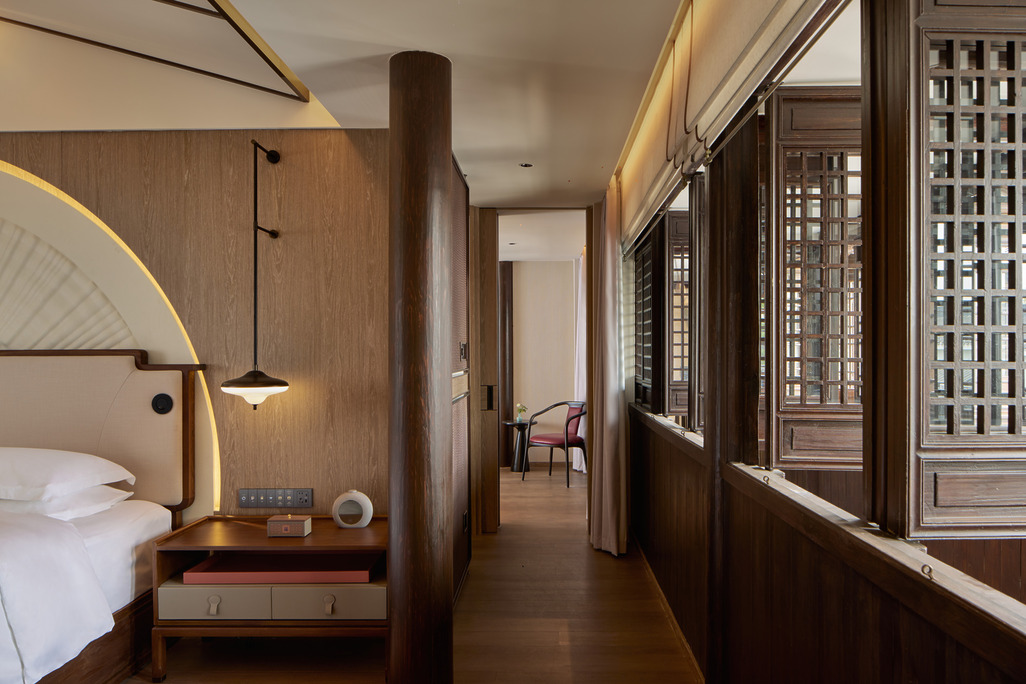
- Strategy & Research |
- Design Thinking & Innovation
